
Introduction to Grieshaber Intraocular Scissors
Grieshaber intraocular scissors are used to cut open the sclera and intraocular tissues. It is usually made of stainless steel or titanium alloy and has precise cutting edges and gripping sections. Grieshaber intraocular scissors can be used for a variety of eye surgeries, including cataract surgery, glaucoma surgery, and vitrectomy. During surgery, grieshaber intraocular scissors can be used to cut the sclera, open the scleral tunnel, separate and clamp intraocular tissues, and remove retinal tissue.
| Product name | Micro Curved Grieshaber Intraocular Scissors Ophthalmic Stainless |
| Place of Origin | Jiangsu, China |
| Brand Name | Jianfeng |
| Model Number | JF890051 |
| Material | High-quality Stainless |
| Classification | Class I |
| Application | Surgical Operation Instruments |
| Quality | High Quality |
| Usage | Cutting the intraocular tissue |
| Type | Curved |
| Logo | Accept Customer Logo OEM |
| OEM & ODM | Available |
| Size | Length 15cm, Head width 3.4cm |
| Featu | Precision head, Polished smooth, Less injury, Non-rusting, No burrs |
Classification of Grieshaber Intraocular Scissors
According to the method of operation and the structure of the eye, grieshaber intraocular scissors can be divided into lens puncture scissors, anterior chamber puncture scissors, vitreous cutters, retinal cutters, and lens scissors.
Lens puncture scissors fine, non-direct vision through the pupil into the lens within the puncture tool, which includes a stainless steel needle, propulsion screw, grip, and curved section, which is characterized by a fine tip, high hardness, colorless and transparent.
The anterior chamber puncture scissors are mainly used for making anterior chamber puncture holes, and their shapes have single and double holes, which are suitable for making single and double anterior chamber angle punctures.
Vitreous cutter consists of a knife handle and a cutter, and the cutter is divided into bipolar and unipolar. The former consists of two wires with fine tips for cutting vitreous tissue; the latter consists of only one wire with fine tips for cutting and suctioning the vitreous.
The retinal cutter consists of a metal wire and is mainly used to cut the retina.
Lens scissors are mainly used to hold and cut the lens.
Applications of Grieshaber Intraocular Scissors
Grieshaber intraocular scissors are primarily used for swollen cataracts where the lens capsule tears, causing the IOL to swell. It can also be used to remove cataracts with the capsule.
Usage of Grieshaber Intraocular Scissors
Grieshaber intraocular scissors are used to cut the tissue inside the eye during ophthalmic surgery. The use of Grieshaber intraocular scissors requires strict adherence to protocols to ensure the safety and accuracy of the procedure. If you need to use Grieshaber intraocular scissors or other medical devices, consult your doctor or eye specialist to ensure that you are using them properly.
Notes on Using Grieshaber Intraocular Scissors
Grieshaber intraocular scissors are used to cut the tissue inside the eye. There are several things to keep in mind when performing intraocular scissors surgery:
- Strictly observe the principle of aseptic operation to prevent intraocular infection.
- Surgical instruments should be kept clean and dry to avoid cross-infection.
- relevant examination should be carried out before the operation to understand the patient’s condition and physical status, so as to formulate a reasonable surgical plan.
- dilate the pupils 1-2 hours before the operation so as to observe the fundus during the operation.
- pay attention to eye hygiene after surgery to avoid infection.
- after surgery, you need to go to the hospital for regular checkups in order to detect and deal with any problems that may arise in time.
- You need to take rest and medication as recommended by your doctor after surgery to promote healing and recovery.
In conclusion, when performing ophthalmic surgery, the principle of aseptic operation needs to be strictly adhered to, attention needs to be paid to the patient’s physical condition and pre-surgical preparations, and postoperative care and review needs to be carried out according to the doctor’s recommendations.

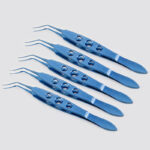 Capsulorhexis Forceps
Capsulorhexis Forceps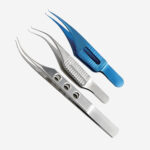 Suture Forceps
Suture Forceps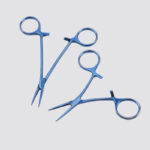 Hemostatic Forceps
Hemostatic Forceps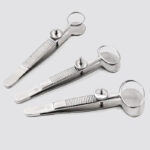 Chalazion Forceps
Chalazion Forceps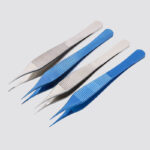 Adson Forceps
Adson Forceps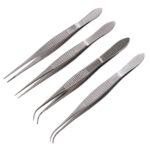 Tissue Forceps
Tissue Forceps

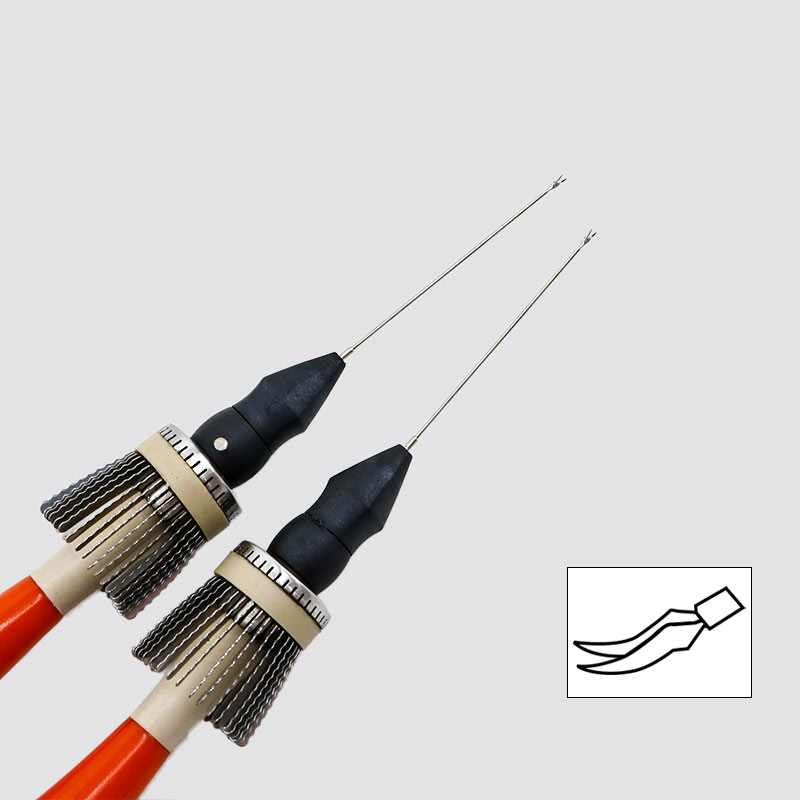
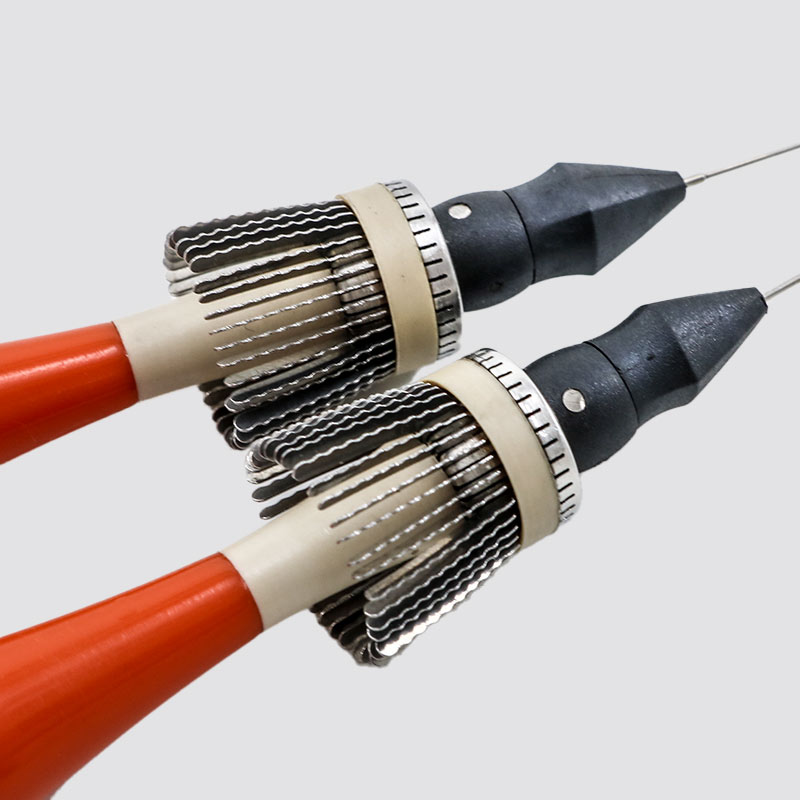

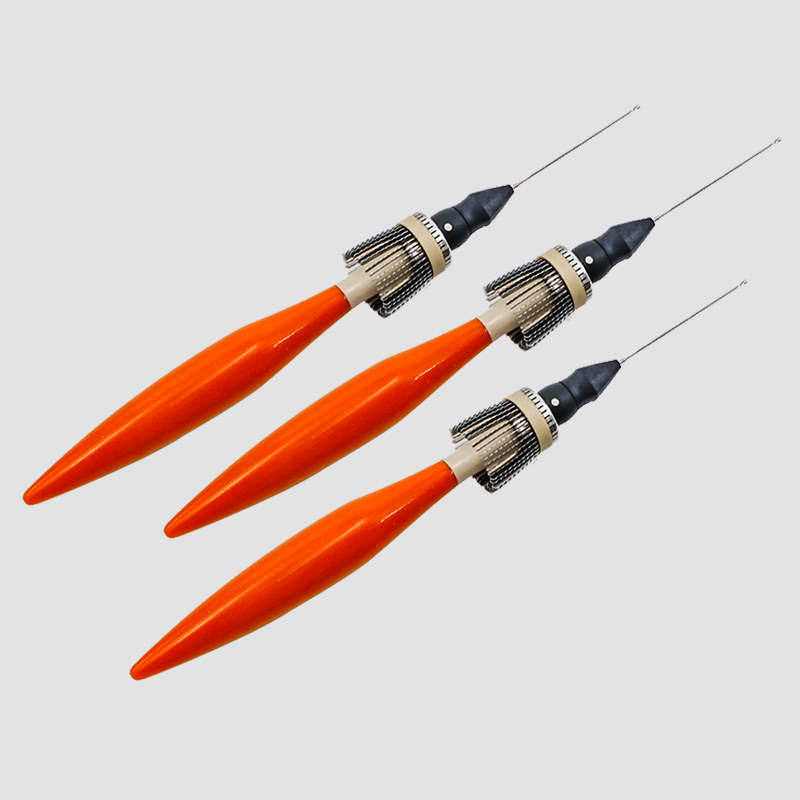





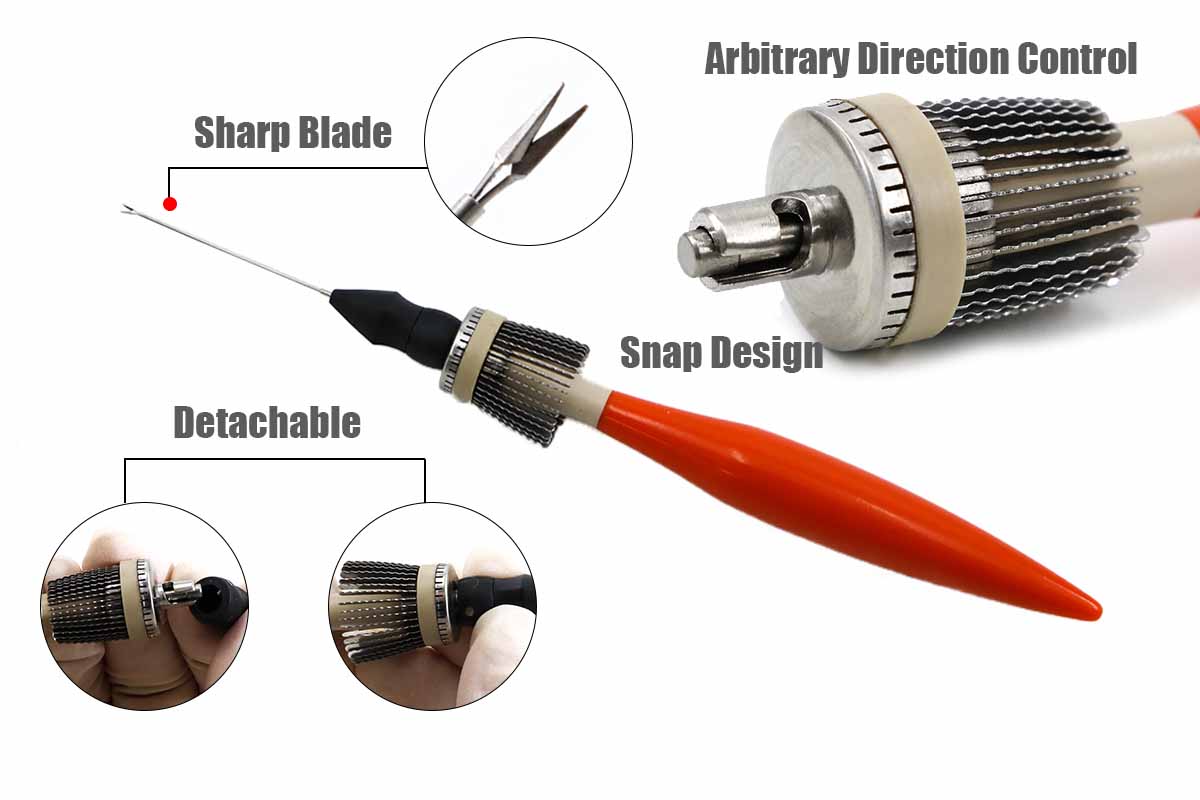
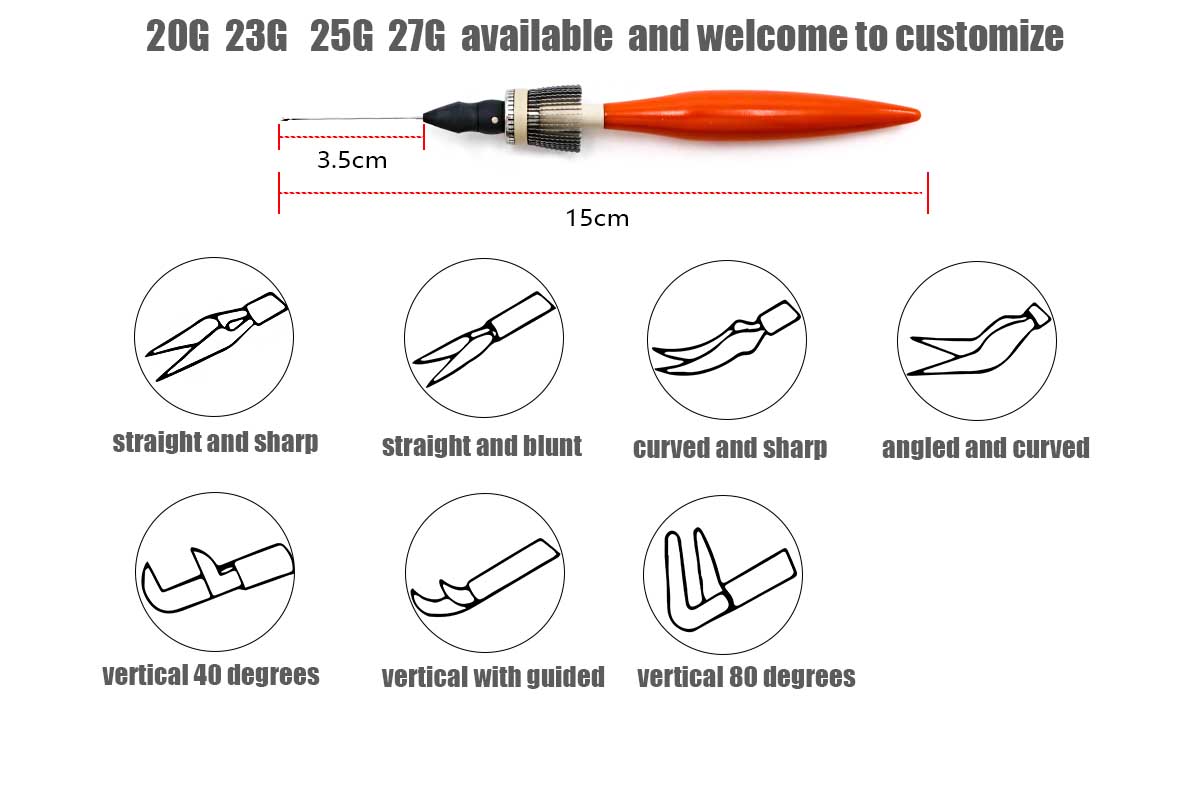



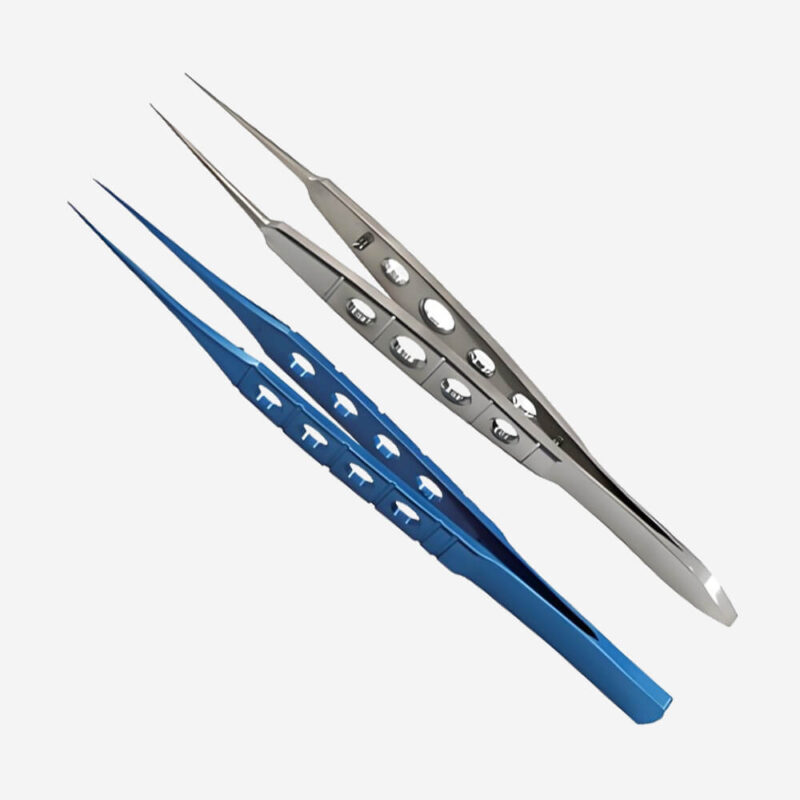

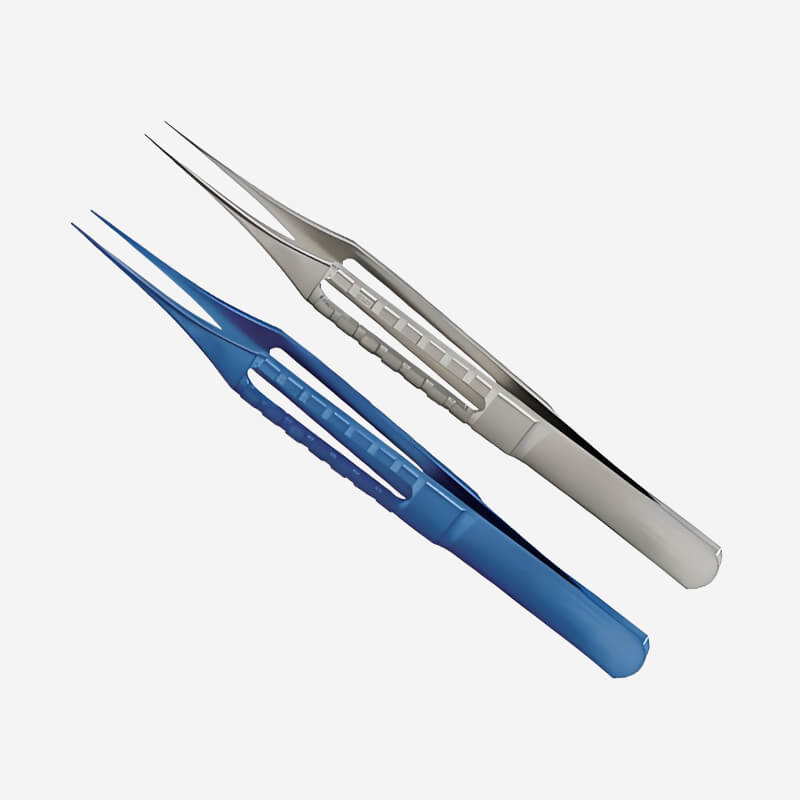








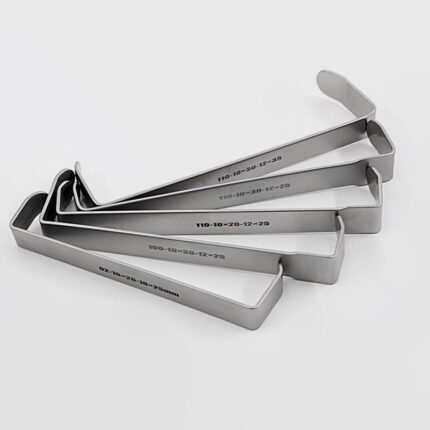





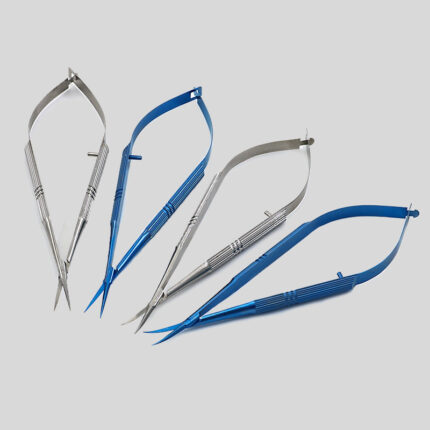
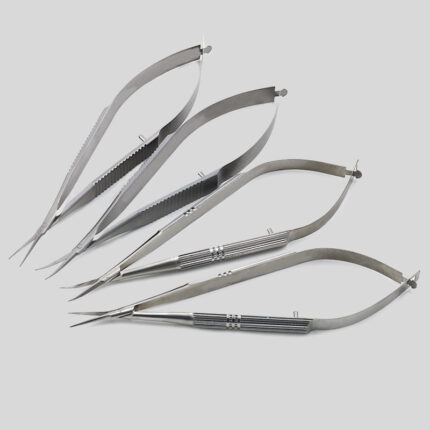
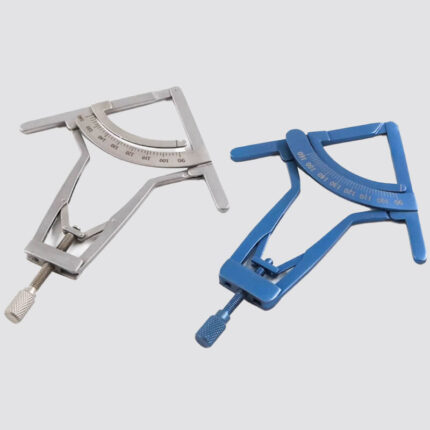
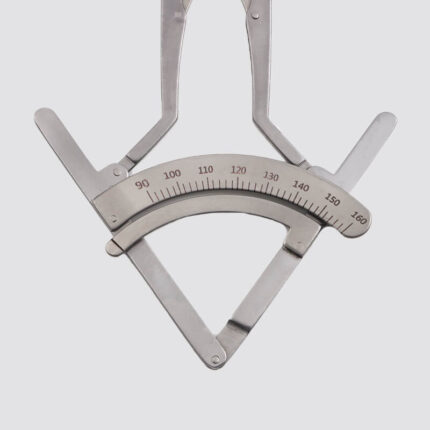
Reviews
There are no reviews yet.